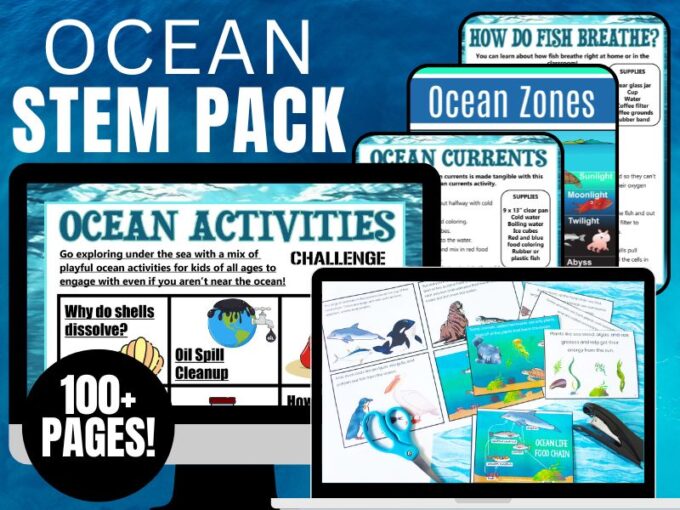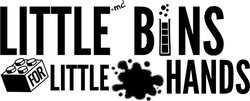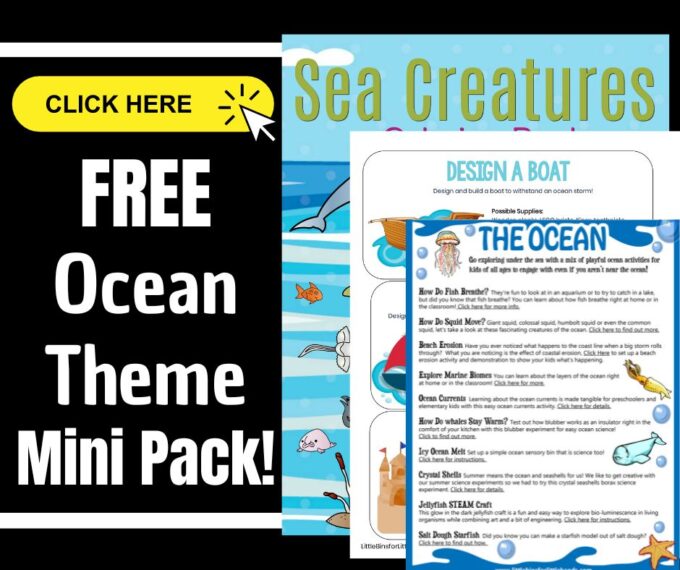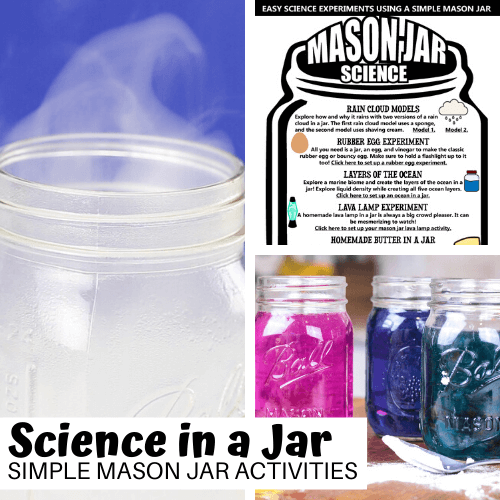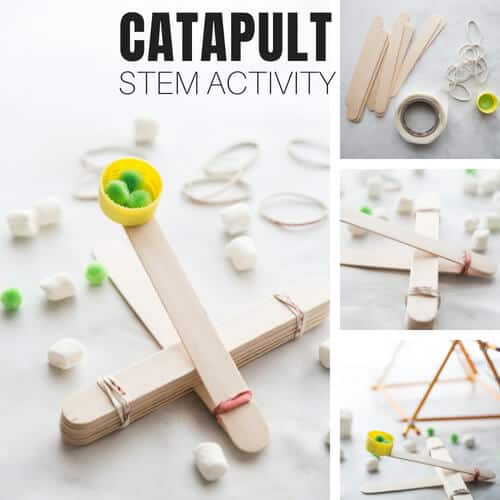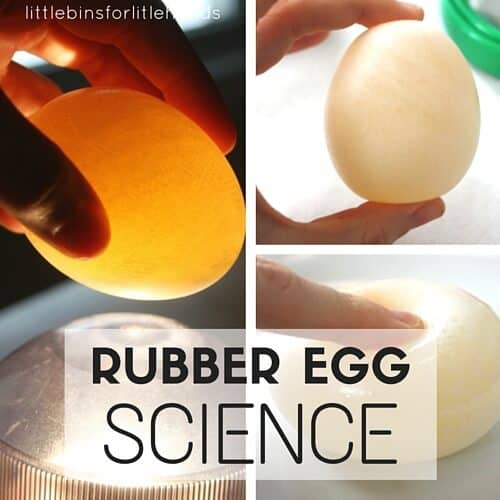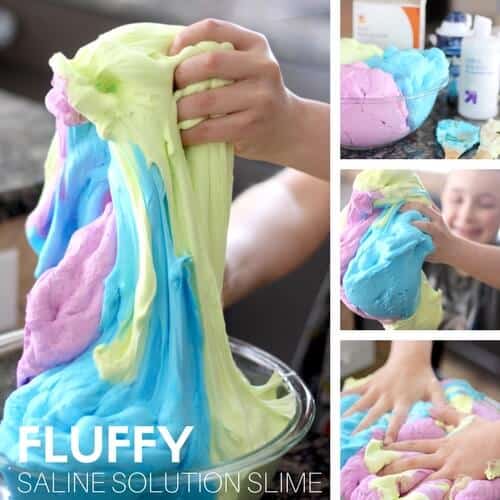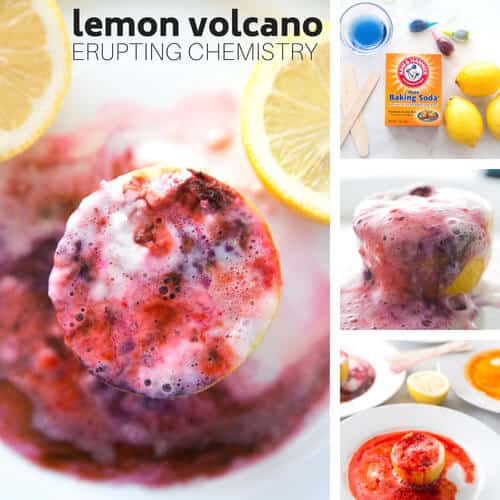What are seashells made of, and can you dissolve one? What happens when you put a seashell in vinegar? What are the effects of ocean acidification? These are great questions for a simple ocean science experiment you can set up in the corner of the kitchen or classroom and check on periodically. Do you have an abundance of seashells collected from various vacations? Let’s use them for a simple ocean experiment for kids!
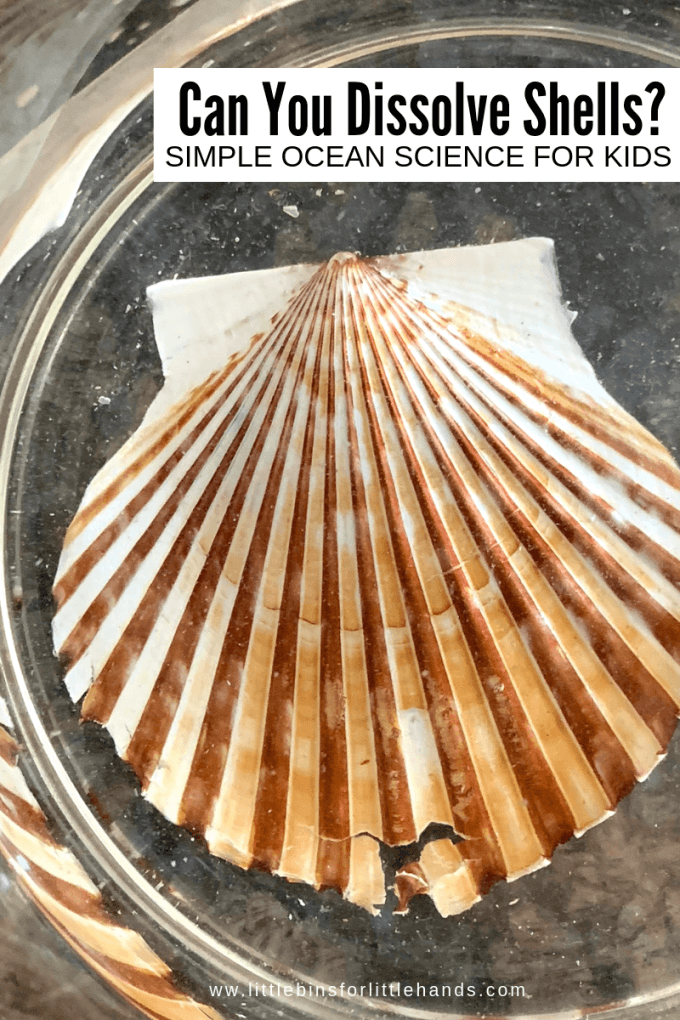
Seashells In Vinegar Experiment
What happens to seashells in vinegar? Let’s check out how to set up this simple ocean science activity quickly. Head to the kitchen, grab the jug of vinegar and raid your shell collection for this simple ocean chemistry experiment.
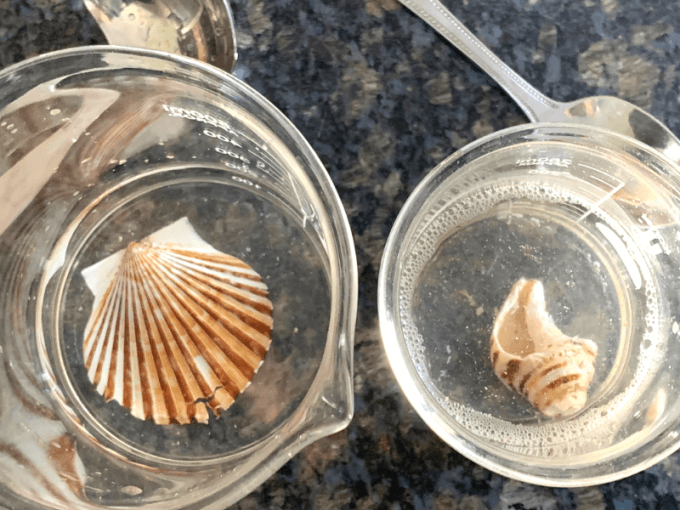
Supplies:
- White vinegar
- Sea Water (approx 1 1/2 teaspoons salt per 1 cup water)
- Clear glass or plastic jars
- Seashells
Instructions:
This super simple science activity requires just about zero prep other than collecting the supplies!
STEP 1: Set out several containers. Add a seashell to each container.
You could have multiple containers with different types of shells to investigate whether the type of shell affects how fast the shell dissolves.
STEP 2: Pour your seawater into one container and cover the shell completely. This will act as your control. Make sure to note which container is seawater and label accordingly.
You can read more about using the scientific method with kids here.
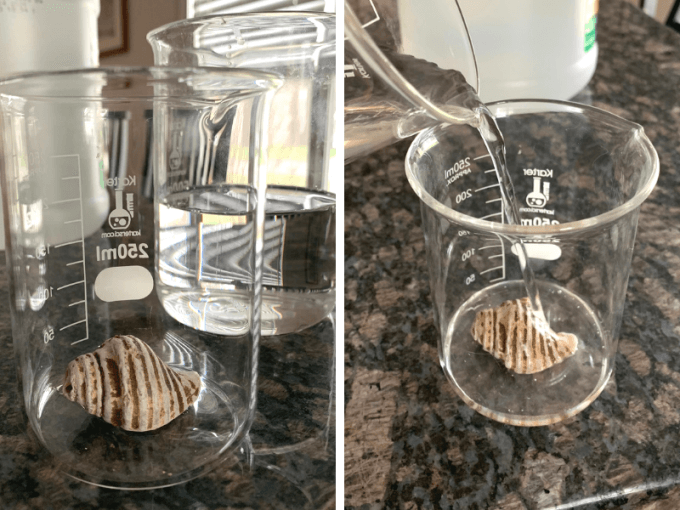
STEP 3: Pour vinegar over the remaining seashells to cover each completely.
STEP 4: Set the jar aside and observe what happens. You will want to check on your seashells periodically and observe what is happening.
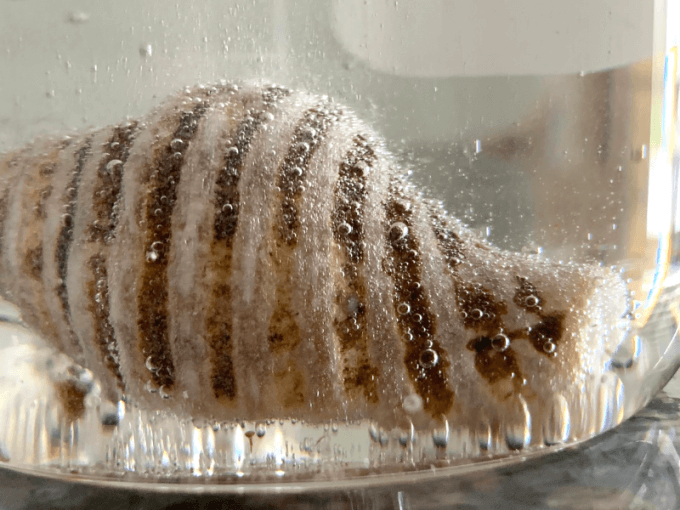
The Science of Seashells in Vinegar
The science behind this seashell experiment is the chemical reaction between the shell’s material and the acetic acid in the white vinegar! This vinegar experiment is very similar to our favorite classic naked egg experiment.
When you add the seashells to vinegar, carbon dioxide bubbles form! Did you notice all the bubbling action? This is a result of the chemical reaction between the calcium carbonate, a base, and the vinegar, an acid. Together they produce a gas called carbon dioxide. Check out the three states of matter present!
Over time, the shells will become more fragile and start to break apart if you touch them. This scallop shell below sat for 24 hours.
If you just want to clean your seashells, vinegar will do the trick. Just don’t let them sit in the vinegar for too long!
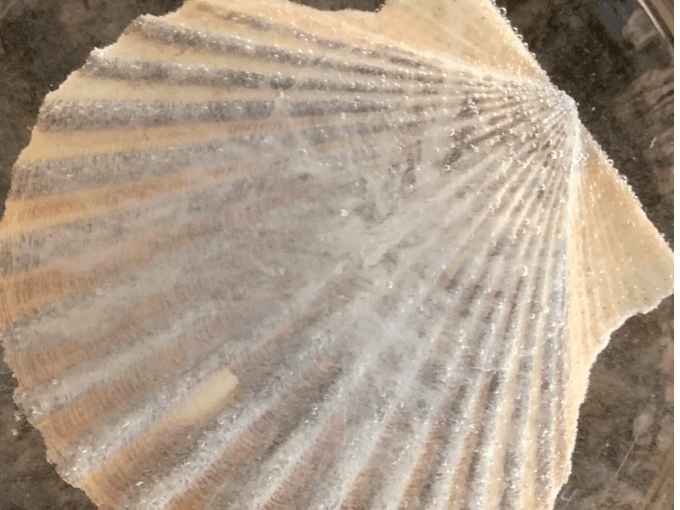
How Are Seashells Formed?
A group of animals called mollusks typically grow their shells as part of their body. They have special cells in their mantle, a tissue layer covering their body that secretes calcium carbonate to form the shell.
As the mollusk grows, its shell also grows along with it. Mollusks can also repair damage to their shells by secreting more calcium carbonate.
On the other hand, Hermit crabs do not grow their own shells. Instead, they find abandoned shells from other marine creatures, such as mollusks, and use them as protection.
They often search for shells just the right size for their bodies and then carry them around with them as they move. When a hermit crab grows too large for its current shell, it must find a larger one to move into. This behavior is quite different from mollusks, which grow their shells themselves.
Get ready to add this seashell ocean chemistry activity to your ocean lesson plans this season. If you want to learn about why seashells dissolve in vinegar and why that’s important for the future of the ocean, let’s dig in! While you’re at it, make sure to check out these other fun ocean experiments.
Tips For Setting Up Your Experiment
Here are some thoughts to keep in mind: As the shells react with the vinegar, they will become increasingly fragile until they fall apart.
After 24-30 hours, our thicker shell had changed just a little bit, so I carefully poured out the vinegar and added fresh vinegar. 48 hours later, the thicker shell showed more action.
- Thinner shells will react quickly. The scallop shell had the most change overnight (though I wished I had checked it sooner). Which shells take the longest?
- You can set up regular intervals to observe your seashells and note any changes.
- Would lemon juice produce the same reaction? It’s also an acidic liquid!
What Happens If The Ocean Becomes More Acidic?
This experiment is a great opportunity to talk about the effects of ocean acidification with your students or kids. It starts with applying the carbon cycle.
TIP: Go here to learn about the carbon cycle and here to for a fun carbon footprint activity.
As the levels of carbon dioxide in the air rise, so does the acidity of the ocean! The burning of fossil fuels contributes mostly to this increased air pollution, but it also affects our seawater and may cause global warming.
The ocean absorbs carbon dioxide from the atmosphere. Carbon dioxide reacts with seawater to form carbonic acid, which causes the ocean to decrease carbonate ions, keeping the seawater in balance. This causes the acidity of seawater to increase. Over time this ocean acidification will harm the shells of our favorite mollusks, among other things.
We have to take care of our planet! Our oceans are essential in keeping the Earth’s carbon cycle in equilibrium.
TIP: Explore our list of favorite Earth Day activities for more ways to protect our planet!
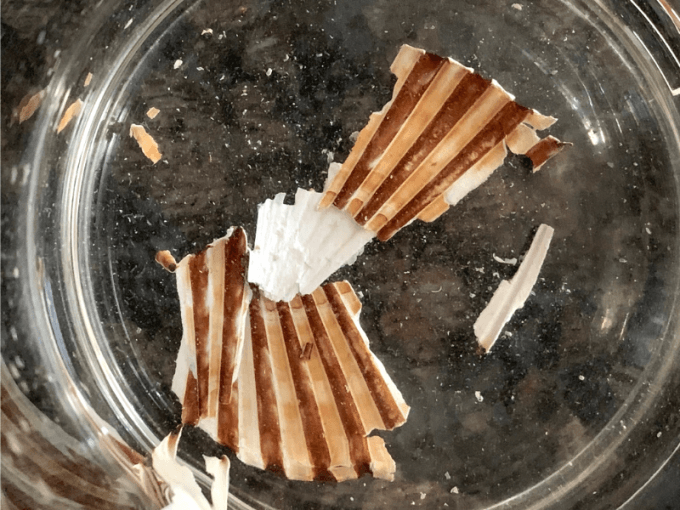
Impact of Ocean Acidification
Ocean acidification, a consequence of increased carbon dioxide absorption by the oceans, poses a significant threat to marine life and global ecology. As carbon dioxide levels rise in the atmosphere due to human activities such as burning fossil fuels and deforestation, a portion of this CO2 is absorbed by the ocean, decreasing pH levels. This acidification process has profound implications for marine organisms, particularly those with calcium carbonate shells or skeletons, such as coral reefs, shellfish, and planktonic species.
Impact
The impacts of ocean acidification are wide-ranging and severe. Coral reefs, often referred to as the “rainforests of the sea,” are particularly vulnerable, as increased acidity inhibits the ability of corals to build their calcium carbonate skeletons, leading to coral bleaching and ultimately coral death. Additionally, shell-forming organisms like oysters, clams, and certain plankton species struggle to maintain their protective shells in acidic conditions, disrupting entire marine food webs and ecosystems.
How to help
Collaborative efforts are essential to address the challenges posed by ocean acidification. Implementing sustainable practices to reduce carbon emissions, promoting the conservation and restoration of marine habitats, and investing in research and innovation for alternative energy sources are crucial steps in safeguarding our oceans for future generations. Education and public awareness also play a vital role, empowering individuals to make informed choices and advocate for policies prioritizing ocean health and resilience. By working together, we can mitigate the impacts of ocean acidification and ensure a thriving marine environment for generations to come.
More Fun Ways To Learn About The Ocean
- Map The Ocean Floor
- Fun Facts About Narwhals
- Layers of the Ocean
- Oil Spill Experiment
- Coastal Erosion Demonstration
- Glowing Jellyfish Craft
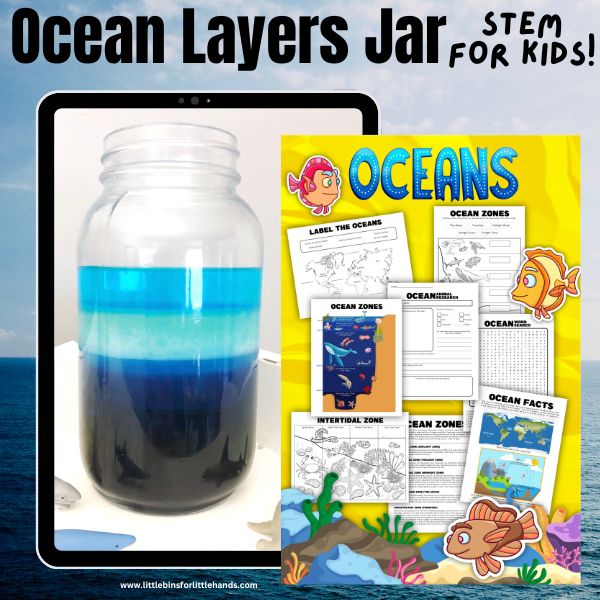
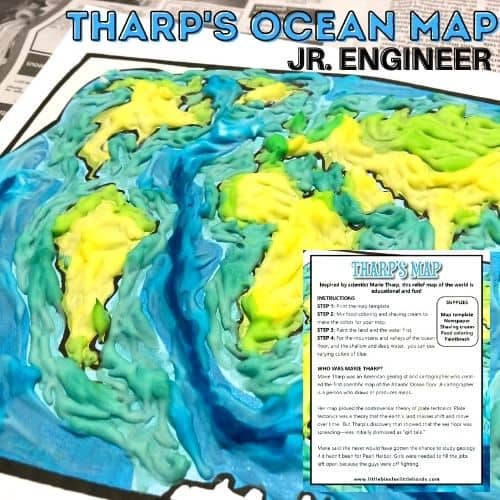

Printable Ocean Activities Pack
If you want to have all of your printable ocean activities in one convenient place, plus exclusive worksheets with an ocean theme, our 100+ page Ocean STEM Project Pack is what you need!
Check out The Complete Ocean Science and STEM Pack in our SHOP!
